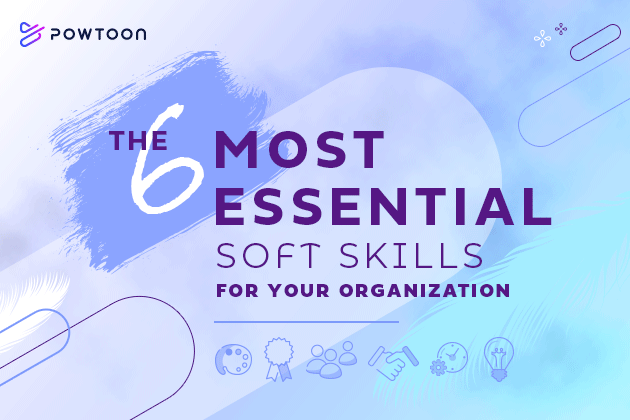
How To Use Adult Learning Theory To Boost L&D Engagement
Offering quality learning and development programs to employees naturally gives your company an edge over the competition. Additionally, it allows you to foster engagement by providing your workers with the chance to grow and thrive.
You simply need to consider how adults learn when developing and implementing L&D content. One way to achieve your development and training goals more effectively is to account for adult learning theory when teaching employees new skills.
What is Adult Learning Theory?
“Adult learning theory” is a bit of a misnomer. According to experts, it would be more accurate to refer to the set of knowledge regarding how adults learn as “adult learning theories.”
Research indicates that there isn’t one particular learning method that’s ideal for all adults. What is clear, however, is that adults learn differently from children. Adult learning theories highlight these differences, covering the various ways in which adults may acquire new knowledge and develop new skills.
Adult Learning Theory 1: Andragogy
Andragogy is an adult learning theory involving the following beliefs about adult learners:
- Unlike children, adult learners often have the desire to manage or direct their own learning experiences
- Adult learners leverage past life experience to increase the effectiveness and applicability of learning experiences
- Adults decide they are ready to develop new skills or knowledge when they assume new roles that require new learning
- Adults strongly desire to apply what they learn to real-world problems
- Adults are more eager to learn when internal reasons motivate them rather than external factors (such as a teacher telling them they need to learn to pass a class)
Andragogy essentially assumes that adults need to understand the purpose of learning in order to feel enthusiastic about it. This corresponds with findings regarding employee engagement. Surveys and studies indicate that workers are more likely to be engaged on the job when they feel they’re made to understand the value and importance of their work.
Applying Andragogy to L&D
When developing and implementing training and learning programs for your workers, it’s essential that you frame the content by explaining the practical purpose a lesson or training session serves. Whenever possible, instead of requiring employees to listen to lectures and memorize facts, allow them to participate in practice tasks that will prepare them for real-world tasks they might later encounter in their jobs.
It’s also wise to highlight how acquiring certain new skills can boost an employee’s value to the company. Research shows employee engagement increases when workers feel they have opportunities to grow within organizations.
Adult Learning Theory 2: Self-Directed Learning
Professionals who study adult learning theory have found that approximately 70% of all adult learning is self-directed. This means that adults don’t typically learn by participating in experiences that others have planned and implemented for them. Instead, adults are more likely to organize and implement their own learning experiences.
An example of this would be an adult deciding they want to take up a new hobby. They might research what types of learning content would allow them to pursue this interest and develop the necessary skills. Additionally, they may develop their own methods for assessing their progress.
Applying Self-Directed Learning to L&D
Even though, by its very nature, self-directed learning involves employees taking the initiative to plan and act on their own learning experiences and goals, there are nevertheless ways that you can facilitate more self-directed learning in the workplace. They include the following:
- Provide employees with access to self-assessment tools that allow them to evaluate their skills, helping them understand what areas they may need to focus on when developing new skills and knowledge
- Upload learning content (such as training videos) to your intranet so that employees can access said content at any time
- Assign employees the task of setting their own self-directed learning goals
You may also have to cultivate a positive attitude toward self-directed learning. Letting go of the reins and allowing employees to take the lead can be a challenge, but sometimes, it can also yield significant rewards for both individual workers and the company as a whole.
Adult Learning Theory 3: Transformational Learning
Transformational learning is quite dramatic, but when it occurs, its effects can be substantial. When an adult undergoes a transformational learning experience, their entire perspective on a certain subject shifts or expands.
For example, perhaps an individual holds a particular view about a social issue or political topic. A transformational learning experience could result in that individual permanently viewing the topic through a new lens.
Applying Transformational Learning to L&D
Transformational learning can absolutely play a valuable role in the workplace. For example, through transformational learning, employees may be taught to reject previously-held perspectives that limited their creative thinking. This may help them develop novel solutions to common problems.
Transformational learning could also help to promote greater acceptance of diversity within an organization. According to research, companies that embrace diversity enjoy a competitive advantage.
Ways to potentially facilitate transformational learning in your company include:
- Promote the idea that asking questions and challenging conventional wisdom is one of your company’s core values
- Survey your workers to determine what types of learning experiences and activities appeal to them most
- Focus on developing learning content that exposes your workers to points of view they may not have previously considered
Most importantly, no matter what type of learning theory you apply to your L&D efforts, make a point of continuing to experiment. The more you explore new ways to approach learning among your workforce, the more you’ll understand what does and doesn’t yield the strongest outcomes.
Develop L&D Video Content With Powtoon
Video content is ideal for learning and development because it allows a company to consistently offer the same learning experience to new employees every time a training session is held. Thanks to Powtoon, you can easily create video-based L&D content, even if you lack video production experience or a major video production budget. Get started by signing up today!
Latest posts by Hanna Abitbul (see all)
- How to create an AI avatar - September 25, 2024
- How to Set Realistic Business Goals for 2025 - September 24, 2024
- Best AI script writers in 2024 - June 28, 2024
- How to write a script with AI - June 27, 2024



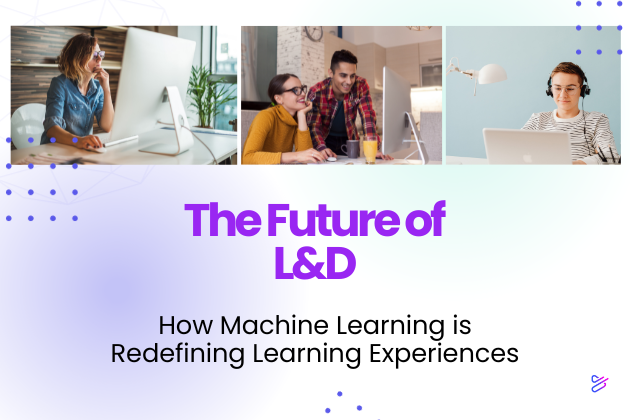
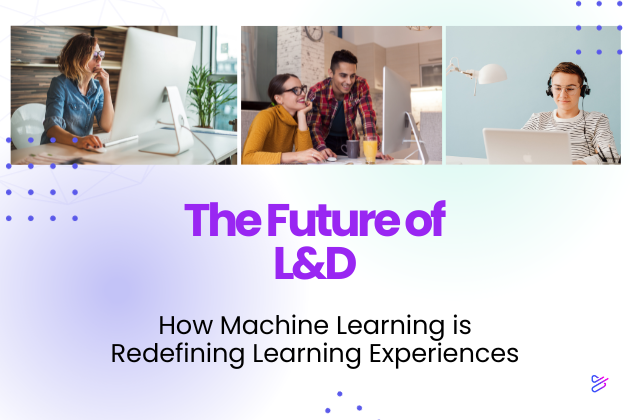
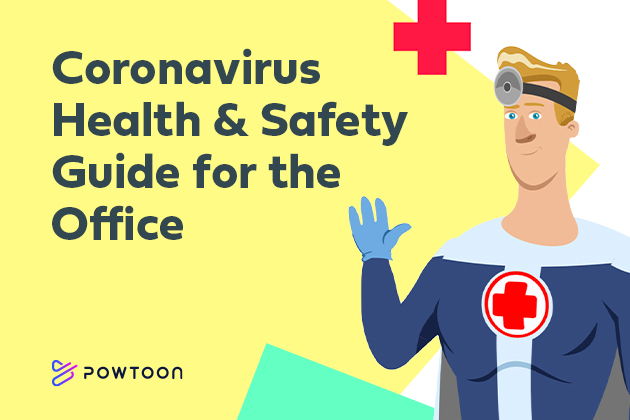
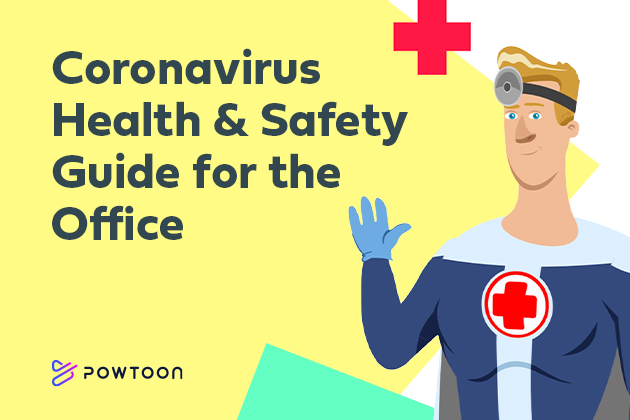
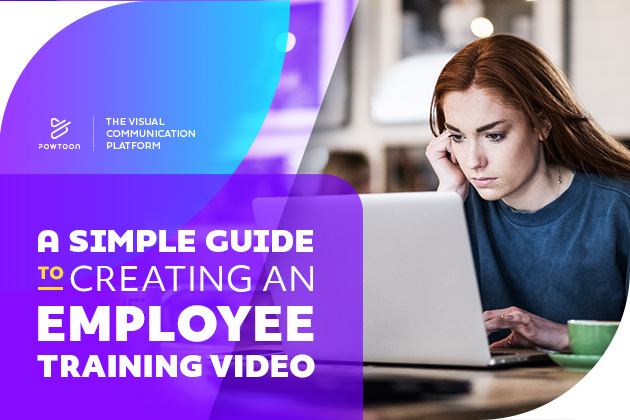

![Digitizing Training: 4 Steps to Digital Transformation [SkyGuide]](https://www.powtoon.com/blog/wp-content/uploads/2019/09/BlogPost_4-Steps-Digital-Transformation_Blog-image_630x420.jpg)
![Digitizing Training: 4 Steps to Digital Transformation [SkyGuide]](jpg/blogpost_4-steps-digital-transformation_blog-image_630x420.jpg)
